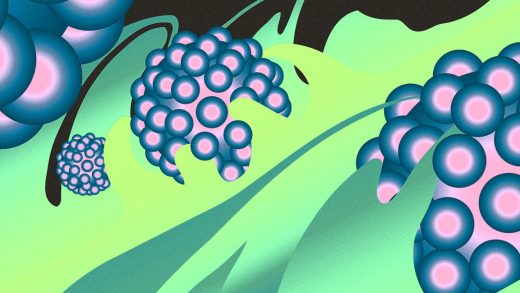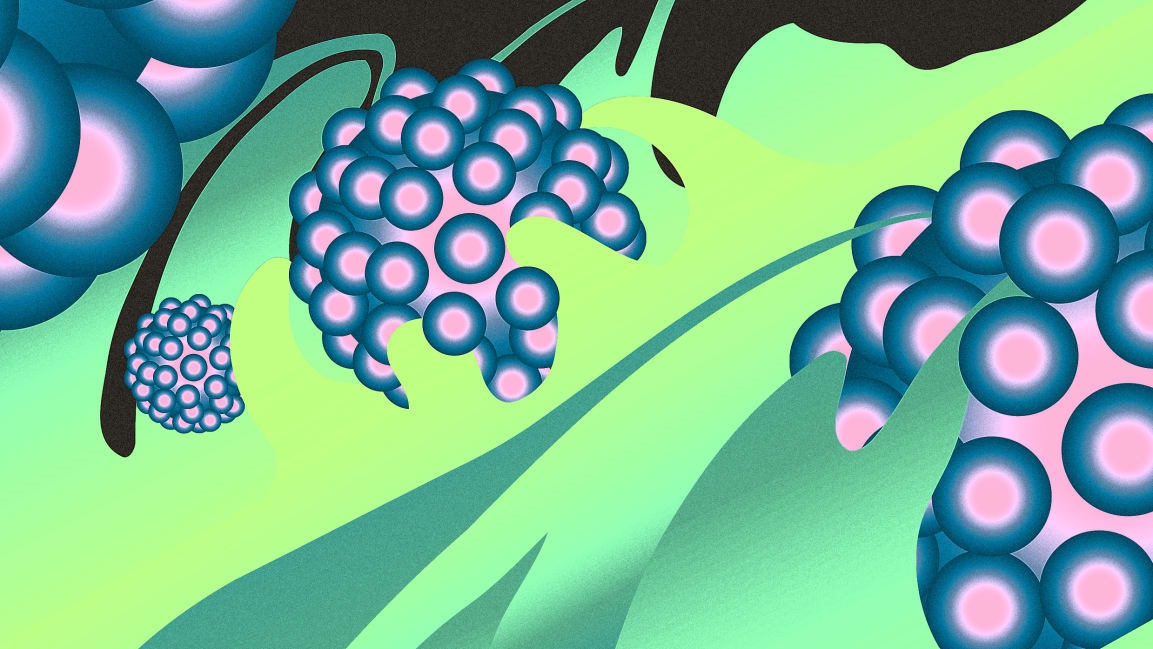This coating makes infectious airborne droplets stick to surfaces
“We make the surface stickier to droplets,” says Jiaxing Huang, a professor of materials science and engineering at Northwestern University and part of a team that tested the new coating. “We apply a coating made of a water-absorbing polymer on a surface, and when droplets hit this layer and deform and spread out, it gets absorbed, so there’s nothing left to bounce away.”
The coating, a cheap, transparent polymer called PAAm-DDA that is also used in hair conditioner and makeup, is hydrophilic, meaning it helps hold water. Painted over a wall or another surface, it acts like a glue trap for the droplets and smaller aerosols that are traveling around a room and that can potentially carry the virus that causes COVID-19 or other diseases. “We human beings are great aerosol generators,” Huang says. “If you and I were talking face-to-face, I would be showering you with my aerosols.” As aerosols accumulate in a room, particularly if the humidity and temperature are right, the aerosol droplets can float in the air for hours. “If they don’t evaporate fast enough, every time they collide with the surface, they can bounce back and continue to stay in the air,” he says.
In a study recently published in the journal Chem, Huang and other researchers tested the coating by spraying aerosols and larger droplets on a treated plexi barrier to simulate the spread from talking, coughing, and sneezing. (Because the study began early in the pandemic, it wasn’t possible to test with human subjects; Huang hopes to try that next.) The coating cut the number of droplets that bounced off the surface by 80%. The coating is designed to stick to multiple different materials, including wood, concrete, metal, glass, and fabric. It could be especially useful in spaces with poor ventilation.
The idea could easily be copied and manufactured, and could help reduce the spread of other diseases, such as the flu. “All of these infectious respiratory diseases transmit through the droplets we release,” Huang says. “The bottom line is that everything starts from droplets. If we can just have a way to remove these droplets as much as possible, it should help.”
(16)



